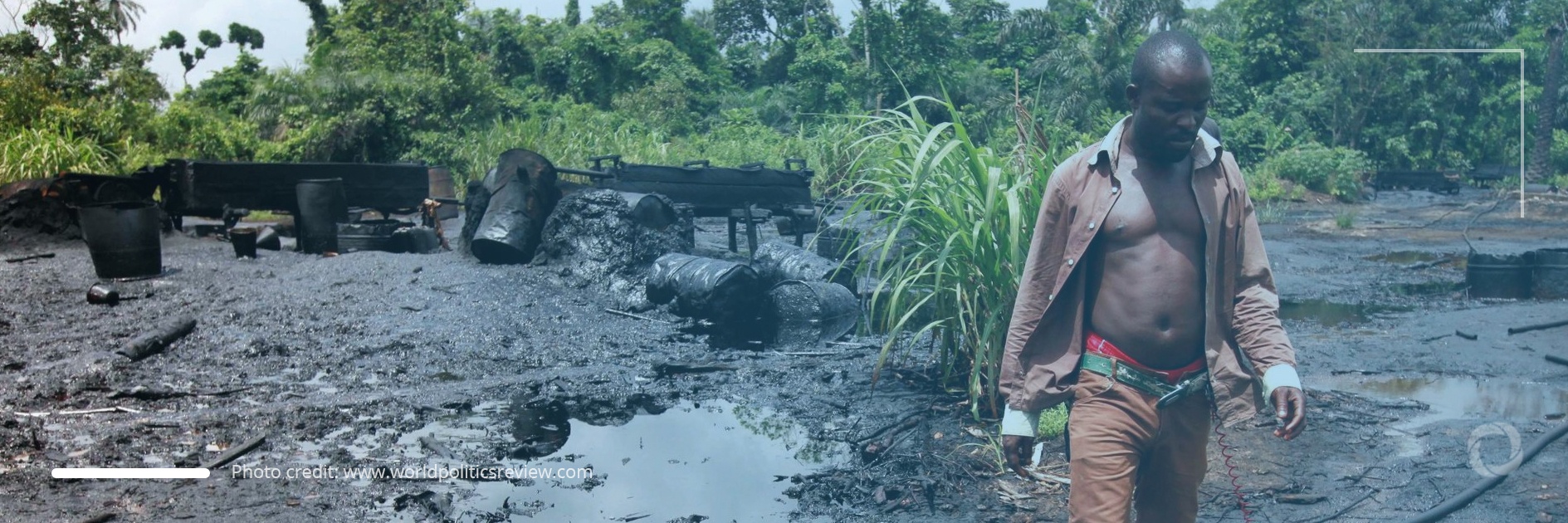Climate experts have long warned that the effects of climate change will be felt more strongly and earlier in less developed regions of the planet rather than in wealthy countries. Over the last couple of decades, the impacts of global warming have become more noticeable. Rising sea levels, extreme weather phenomena, droughts, and desertification are making headlines around the world but, according to scientists, the worst is yet to come.
The report entitled “Fragile Planet 2021” carried out by Lucy Acton, Paul Bloxham, and the Global Research team, ranked 77 countries according to their ability to adjust, withdraw from using fossil sources and take advantage of green technologies. DevelopmentAid presents the top five least resilient countries in the face of rising climate risks.
 1. Bangladesh
1. Bangladesh
Due to its geographical location, dense population, lack of proper infrastructure, poor living conditions, and reliance on natural resources, Bangladesh is generally recognized as one of the world’s most environmentally fragile countries.
Tropical cyclones are especially dangerous in Bangladesh. One of the worst – Cyclone Fani – that hit both India and Bangladesh in May 2019, caused 89 fatalities and affected 28 million people. The cyclone’s economic damage reached US$8.1 billion.
According to HSBC Global Research, between 2011 and 2020 Bangladesh registered more deaths per capita due to harsh weather conditions than any other nation.
Expected impacts of climate change in Bangladesh:
 2. Nigeria
2. Nigeria
According to the World Bank, climate change may result in millions of new migrants in sub-Saharan Africa. In northern Nigeria, desertification caused by climate change has forced livestock herders south in search of suitable land, prompting lethal battles with farming communities. Overall, Nigeria is vulnerable to a variety of natural disasters including floods, storms, ocean waves, droughts, and wildfires.
Because the country relies on climate-sensitive industries (agriculture, forestry, oil, and gas production), a delay in tackling climate change may cost between 6% and 30% of the nation’s GDP by 2050, or around US$100-460 billion.
Expected impacts of climate change in Nigeria:
 3. Tanzania
3. Tanzania
Due to rising temperatures and sea levels, extended intervals of aridity, and more intense heavy rains, Tanzania is considered as one of the most vulnerable nations to climate risks. According to USAID, 32% of the population in Tanzania lives in urban areas with 75% of them living in informal settlements which are more vulnerable to water shortages, floods, and heat anomalies.
Expected impacts of climate change in Tanzania:
 4. Côte d’Ivoire
4. Côte d’Ivoire
Agricultural output in Côte d’Ivoire is largely rain-fed since just 0.2% of the total national agricultural area currently benefits from irrigation. As a result, smallholder farmers are vulnerable to the effects of climatic variability which can diminish their food supply and raise the risk of poverty and starvation.
At the same time, floods often strike Cote d’Ivoire, particularly its southern region which receives the most rainfall. In addition, disease outbreaks are exacerbated by poor infrastructure in the area and a lack of access to drinking water.
Expected impacts of climate change in Cote d’Ivoire:
 5. Tunisia
5. Tunisia
Tunisia has suffered from numerous natural disasters such as flash flooding, droughts, sandstorms, and earthquakes. The temperatures in the country have risen significantly since 1900, reaching an average temperature increase of 1.4°C.
Expected impacts of climate change in Tunisia:
While global warming affects every country on every continent, the effects are not distributed evenly. Communities who are already afflicted by poverty and oppression sometimes bear the brunt of the repercussions despite having the least capacity to adapt. People and governments in hard-hit areas are taking action on a daily basis to alleviate the effects of disasters linked to climate change. The global community needs to continue to support these people to increase their resilience.

